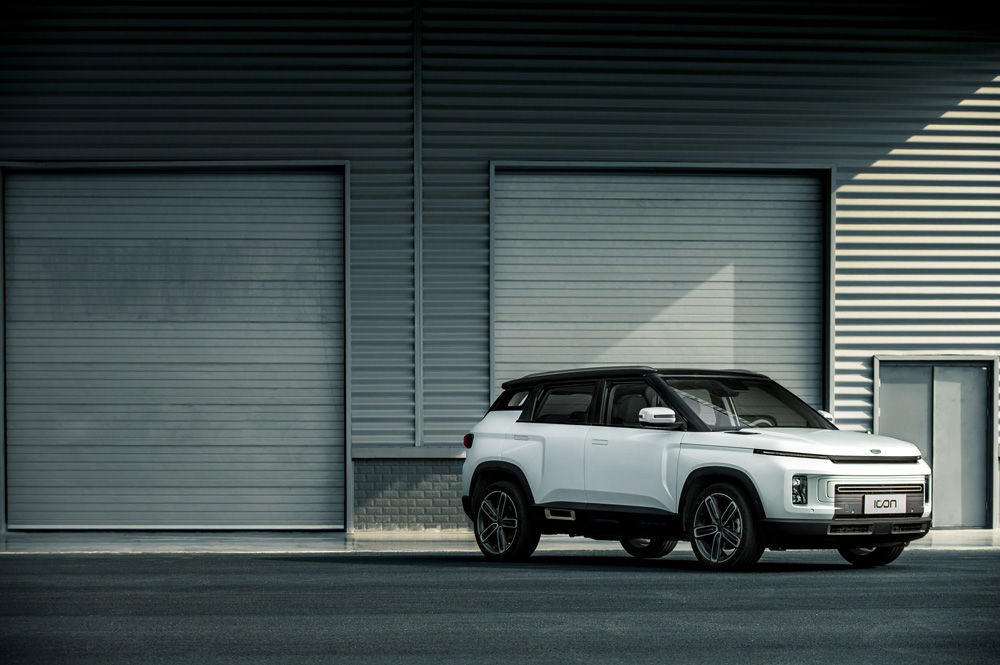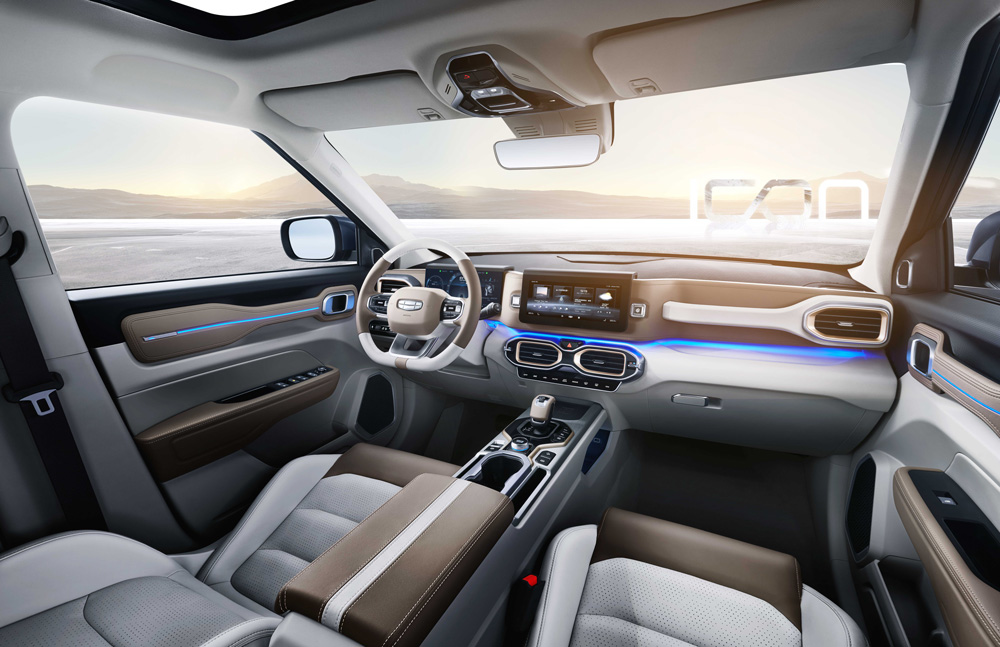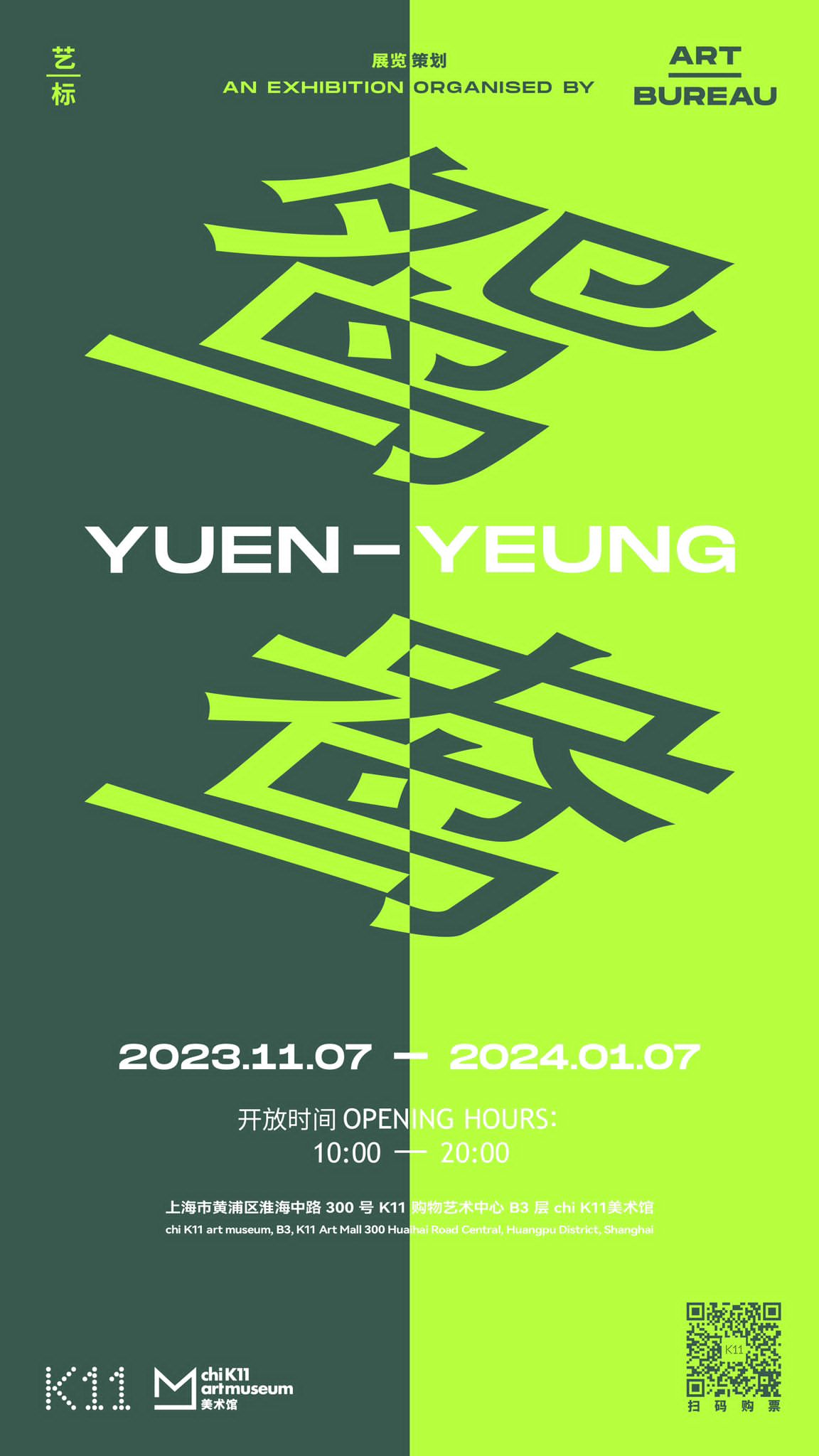Game Theory is a regular series where we speak with a professional with insight into China’s business and tech scene.
Having previously worked at Volvo, Renault and General Motors, British-born car designer Guy Burgoyne brought his expertise to Chinese automaker Geely in 2013 and has since helped propel the company to new heights. Burgoyne is based in Shanghai and serves as the vice president of design at Geely Design China.

For the unversed, Geely made its name known in the global market through its 2010 acquisition of Swedish luxury car brand Volvo and its achievements in automotive innovation.
Below, we talk with Burgoyne about the art of car design, appealing to the local market and Geely’s recently released ICON model.
Would you attribute more importance to the exterior or interior design of a car?
At the end of the day, it’s one car. People don’t buy the interior of a Ferrari and put it into the exterior of a Volvo. So, you’re going to buy one car and that’s one experience. Therefore, the most important thing is that there’s a holistic experience for the owner of the car. The story about why [the car] exists and how you use it and experience it should be consistent, whether you’re experiencing the exterior or the interior.
What’s the creative process like when designing a vehicle?
I think every designer on the planet is looking at the world around them, trying to get inspiration from lots of different places to influence their design work. The whole job of designing something is to evoke feelings in someone when they use it or interact with it. We’re constantly trying to find other areas outside of car design that evoke positive feelings and try to find ways that they can be applied to a mobility experience. It’s kind of our daily work, and we have endless conversations, arguments and discussions. Nearly always, the best ideas are the ones where someone laughs at first, but then these ideas start to germinate.
How do you go about designing a car that appeals both to the domestic Chinese market and global markets?
In design, we usually start with the proportions of a car and then the graphics and details, in that order. If you did it the other way around, you’d waste a lot of time redoing things. I think the proportions of a car are a very global thing, with attractive-looking cars having good proportions for very consistent reasons that aren’t culturally specific.
We like to look into the details and try to give some flavor of China because we’re quite proud to be a Chinese brand. Some local car companies seem to be trying very hard to be a European brand or American brand, and we’ve never took that route. We decided that we were going to be proud to be a Chinese brand because it’s something to celebrate, just like how people see value in a Scandinavian product like Volvo or German engineering.
We’re also very aware that you shouldn’t just spray [cultural aspects] over everything and have it turn out to be too much. It’s a bit like cooking, if you add too much spice to it, then it becomes distasteful for everyone. So, we do our ‘cooking’ very carefully and we try to put just enough spice so that our local customers can get that nice sense of pride.
Tell us about a newly released Geely model that you feel moves the needle in terms of car design?
We just released ICON, which we’d call a V7 SUV. ICON was released as a concept car about a year and a half ago and now it’s a production car. It’s very different for us, very product design, very minimalist and a little bit architectural, you might say – accelerating lines and a lot of the natural world in its inspiration.


Part of our aim is to deliver really refined cars for all people and we saw big room in the market, where we could offer something different but still a Geely. ICON represents the modern person with a connected lifestyle, and the aesthetics of the gadgets they have around them are repeated into the actual car. It was released on February 24. We’ve gotten a lot of online orders and it looks very positive for us.
This interview has been edited for clarity and brevity.
For more Game Theory, click here.
[Images provided by Geely]






















0 User Comments